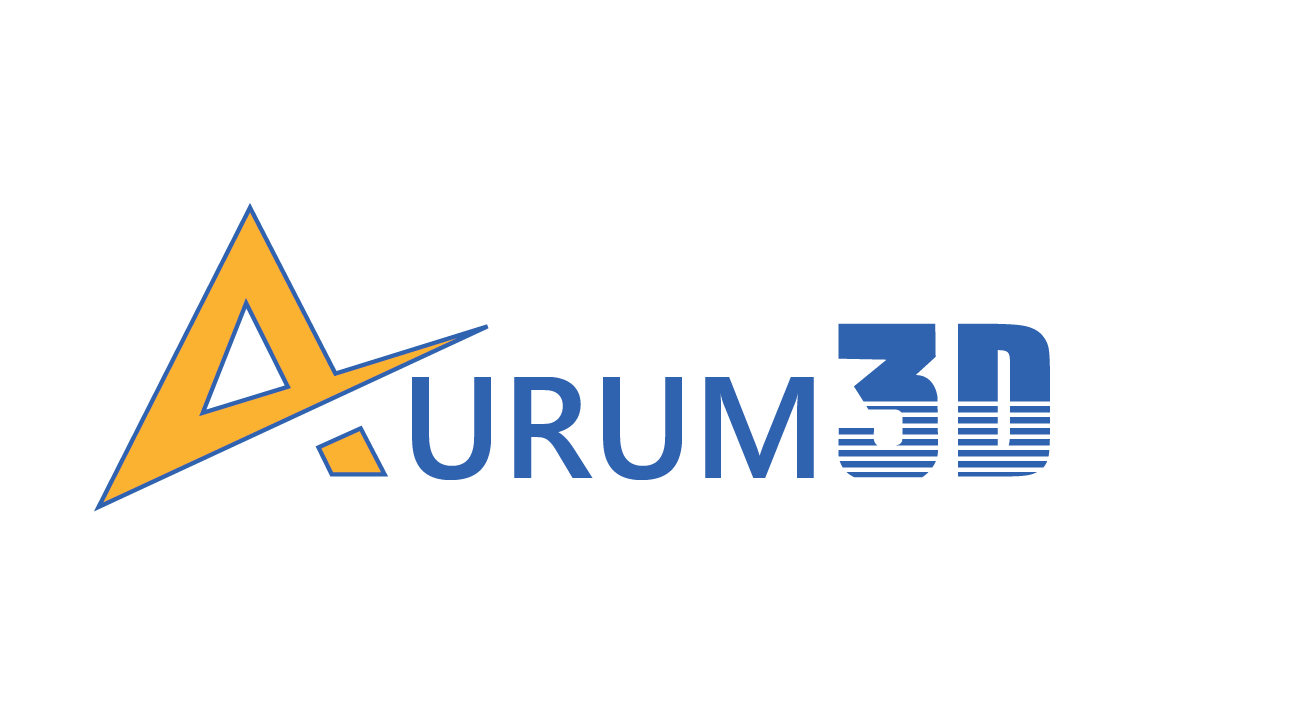3D Printing Powders Materials
Powder 3D Printing Material
Selective Laser Sintering (SLS) 3D printers produce three-dimensional objects by sintering powered materials. They sinter the powdered materials using a high power laser. The high power laser forms layers one by one by fusing the powdered material. The unused powdered material automatically fills in the hollow spaces during the 3D printing process.
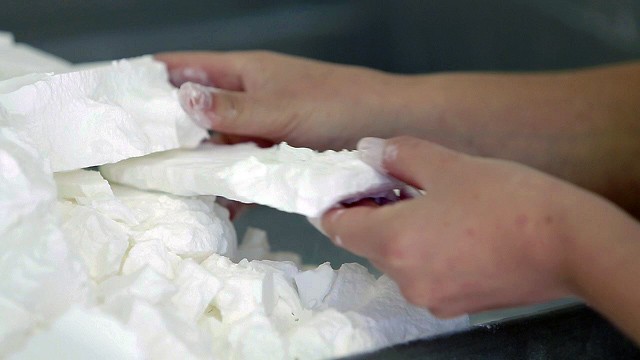
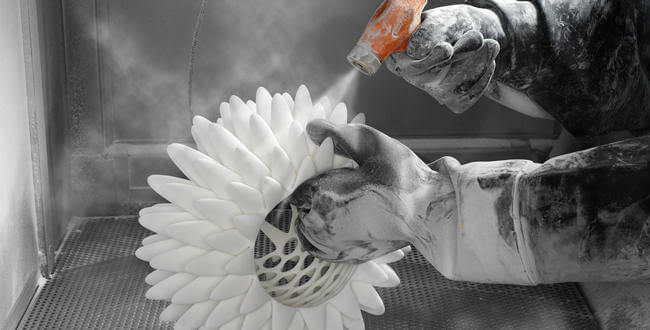
Polyamide 12 (PA 12): As a form of general-use plastic, PA 12 is popular among manufactures due to its toughness, high impact strength, and ability to resist both chemicals and weather. The SLS 3D printing material further flexes seamlessly without fracture. However, PA 12 does not provide three-dimensional objects with a rough and matte surface.
Polyamide 11 (PA 11): The polyamide bioplastic is produced from vegetable oil. In addition to absorbing a lower amount of water, PA 11 can accept the high loading of fillers and resist chemicals. It also has high elasticity and isotropic behavior. But PA 11 is more expensive than other forms of SLS 3D printing materials.
Aluminum-Filled Nylon (Alumide): As its name suggests, this powdered material is produced by combining polyamide/nylon and aluminum dust. Alumide has a much higher density than other SLS 3D printing materials. Also, it comes with exceptional thermal and conductive properties, along with providing the three-dimensional object with a metallic appearance.
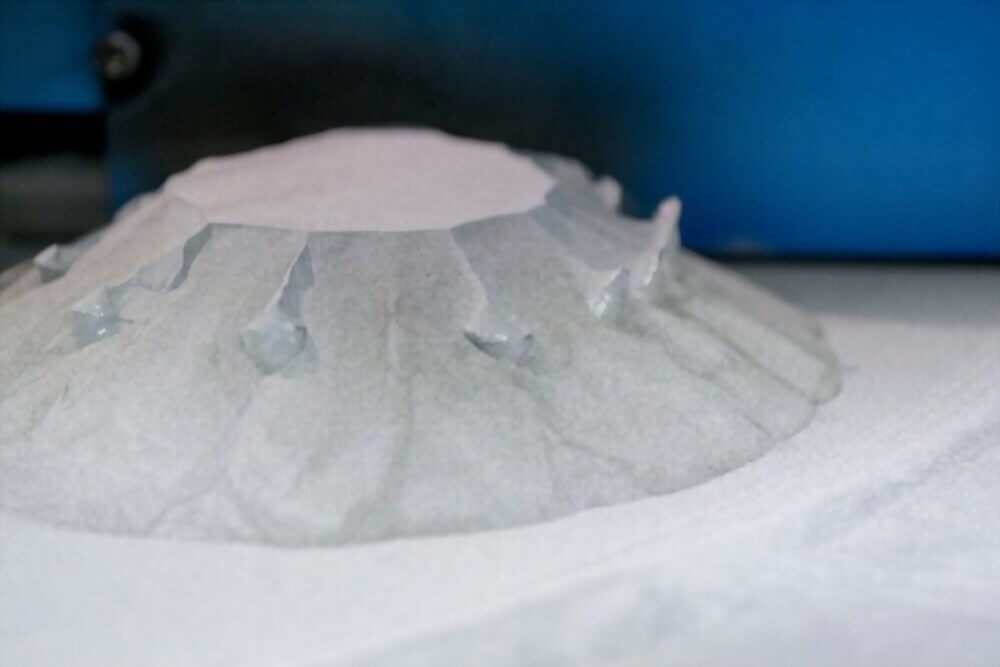
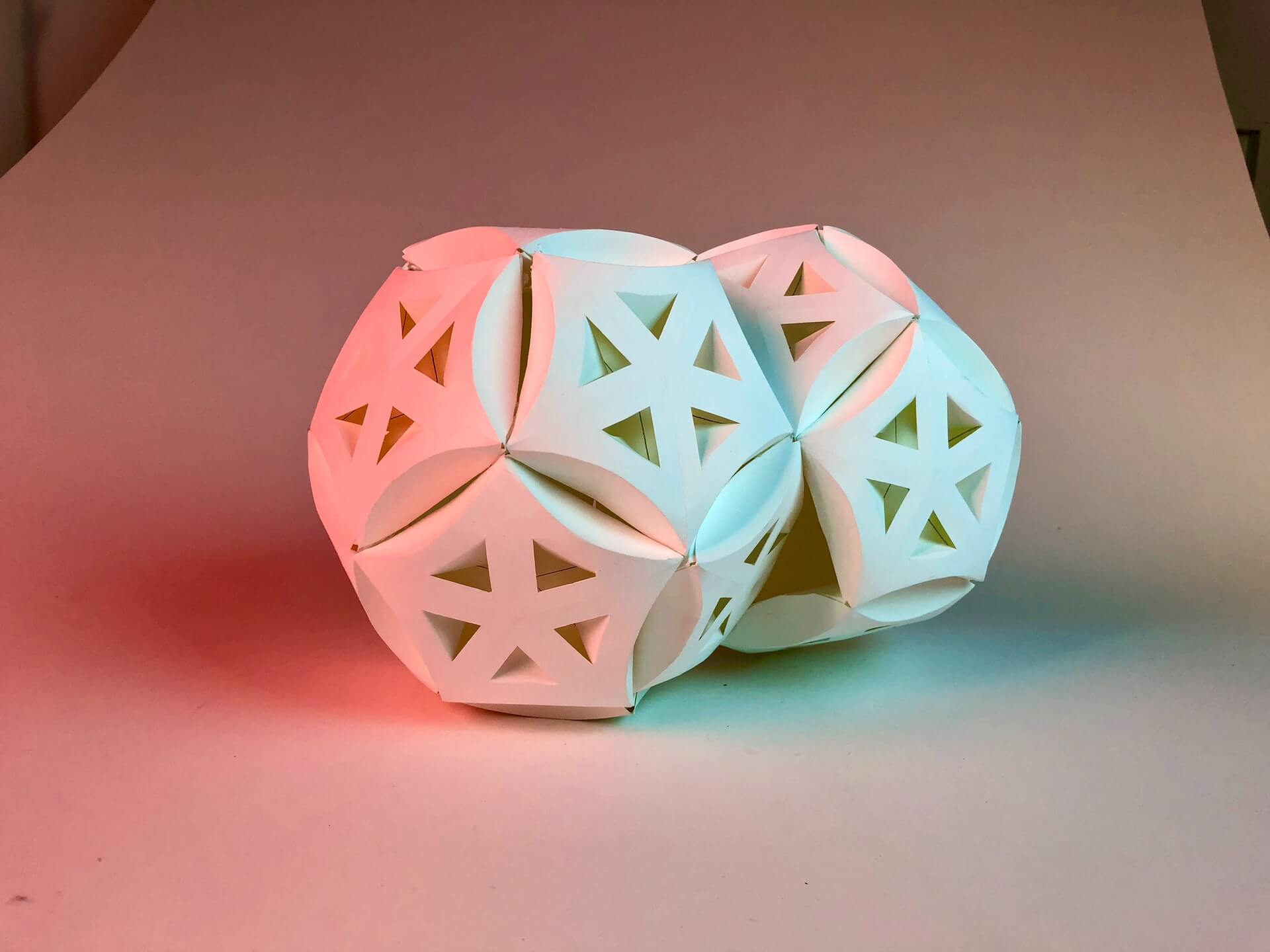
Glass-Filled Nylon (PA-GF): PA-GF is 70% nylon and 30% glass fiber. In addition to being a stiff powdered material, PA-GF also has very good mechanical strength. Its effectiveness in resisting high temperature and wear makes PA-GF one of the most preferred SLS 3D printing materials for producing applications and functional parts that require a higher level of strength and stiffness.
Carbon-Fiber Filled Nylon (PA-FR): PA-FR is 70% nylon and 30% carbon fiber. At present, PA-FR is used widely in manufacturing and molding processes due to its high-strength-to-weight ratio. Also, it is one of the stiffest 3D printing materials. Many manufacturers opt for this expensive 3D printing material to produce components for automobiles and airplanes.
Our Key Values Proposition to the Customers

Experience and Expertise
We’ve been providing engineering services and solutions for ours customer. Our team has completed a plethora of projects spanning the design development gamut. As a result, our vast knowledge base allows us to deliver the best engineering solutions to address your specific needs.

Full Product Development
We implement a full life cycle development process including defining requirements, product functionality and application, review and quality control, and product prototyping / technical support. Using this process we ensure you receive the best service in the business.

Employing the Talented Experts
Our team of engineering professionals takes great pride in thier work and derives on-going pleasure from solving your engineering problems. Our Design experts want your experience with Aurum3D to be a smooth and enjoyable journey of bringing your product to the market.

Providing all Solutions in One Place
Whether you need an aesthetically-pleasing products, a new technology product concept, or custom design that uses the most current technologies, Aurum3D has the required depth and breadth of all major CAD tool expertise to fulfill your engineering needs.
What makes us different
Quality Output
We believe that great quality should speak for itself and we take pride in helping all customers to showcase their incredible work— It’s at the core of everything we do.
Unique Design
The creative design journey doesn’t have an end; there’s always room for improvement. We’re committed to create a challenging environment for learning, and think outside the box.
Team Dedication
We work as a designer and we know the importance of their work and skills. We’re constantly building ways to ensure that our team is dedicated to help our customers.
Aurum3D for Powder Printing Material
Aurum3D has experience in 3D printing both enterprise and consumer products using SLS 3D printers and powdered material. Our in-house 3D engineers help clients to choose the right powdered material according to the nature and needs of the item to be 3D printed. Also, they enhance the mechanical and thermal properties of the SLS 3D printing materials using the right additives.
Polyamide 12 (PA 12): As a form of general-use plastic, PA 12 is popular among manufactures due to its toughness, high impact strength, and ability to resist both chemicals and weather. The SLS 3D printing material further flexes seamlessly without fracture. However, PA 12 does not provide three-dimensional objects with a rough and matte surface.
Printing Material Applications
SLS 3D printing technology most manufacturers opt for Polyamide 12 (PA 12) or Nylon 12. But they have the option to choose from a wide range of powdered SLS materials – Polyamide 12 (PA 12), Polyamide 11 (PA 11), Aluminum-Filled Nylon (Alumide), Glass-Filled Nylon (PA-GF), and Carbon-Fiber Filled Nylon (PA-FR). Also, they can improve the mechanical and thermal properties of the powdered materials using aluminum, glass fibers, carbon fibers, and similar additives.
Client case studies
Client case studies

Next-Gen Transformation Solutions
Our Expertise
3D Printing
The dedicated and in-house team
3D Printing
We customize 3D printing services according to the precise needs of the model, prototype, or product by allowing clients to choose from a slew of 3D printing services according to their precise needs.
Learn more3D Designing
Our expertise in creating 3D designs and models
3D Desiging
We combine domain experience, software experience, design and analysis expertise, product development, and sophisticated tools to facilitate business transformation and business requirements.
Learn more3D Scanning
An advanced innovative approach
3D Scanning
With a team of highly qualified professionals, we will provide an advanced innovative approach to save lots of your re-engineering time & cost. This process also helps to reduce the dependency on the complex supply chain.
Learn moreHappy Clients




Feel free to get in touch with our technical experts.
Let our design team and consultant assess your project.
Receive a proposal and free consultation.
© 2020 Aurum3D. All Rights Reserved.
Registered Address
D-208, Innovative Petal,
Near BMA College, Doddanekundi,
Bangalore, Karnataka, India 560037
